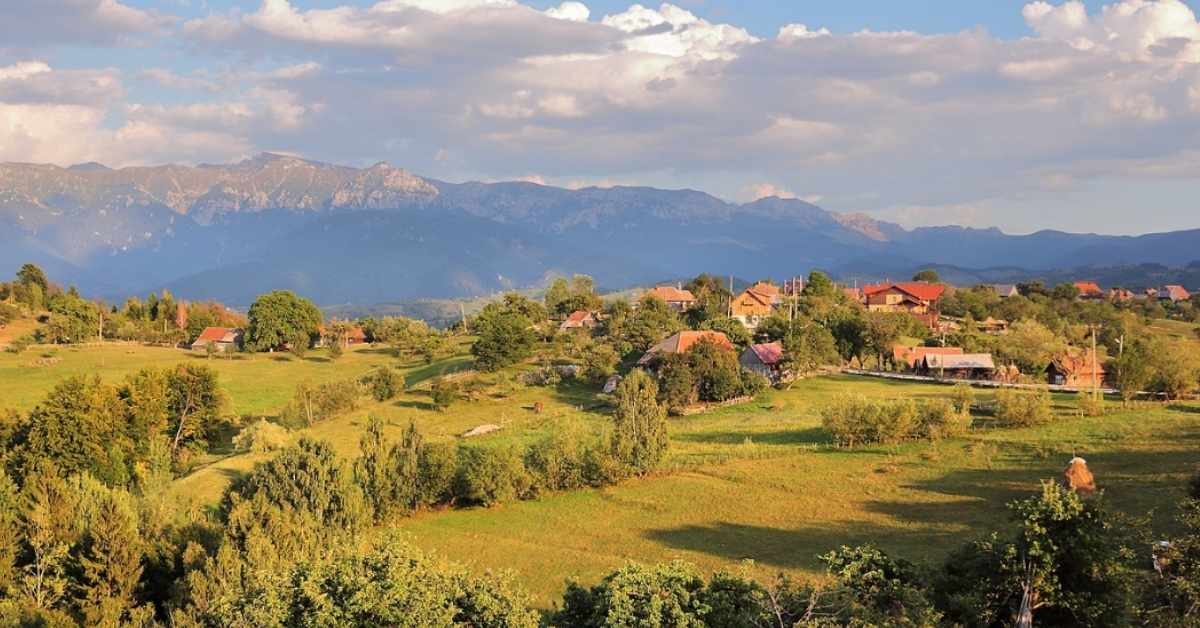Recently, a team of biologists ventured into the heart of a Cambodian mangrove forest to survey the wildlife that lived within the winding thickets of tree roots and branches.
When they emerged from the forest — which spanned the Peam Krasop sanctuary and the Koh Kapik Ramsar reserve of Cambodia — the biologists were dumbfounded by the sheer number of animals they met on their expedition.
“We found 700 different species in these mangrove forests but we suspect we have not even scratched the surface,” said Stefanie Rog, lead author of the study, in an interview with The Guardian. “If we could look at the area in even greater depth we would find 10 times more, I am sure.”
Rog is a conservation biologist currently based in Phnom Penh, Cambodia. She has devoted her life to the study of mangrove forests and their beneficial effects on the environment and the vulnerable animal species they host.
“There is indeed a tendency to focus on the services the mangrove trees provide, like coastal defense, and the soil that benefits the climate by locking in high amounts of carbon,” Rog told Mangrove Alliance.
“At the same time, the value of mangroves for biodiversity conservation — as well as the services that animals provide to mangrove forest health — is often overlooked.”
The undervalued nature and beauty of mangroves is exactly what Rog was hoping to capture when she led her team on their latest expedition, and it was an undeniable success.
.jpg)
Of the 700 animals found, researchers recorded 74 species of fish and 150 species of birds, 15 of which can be found on the International Union for Conservation of Nature (IUCN) red list of threatened and endangered species.
They were especially ecstatic to spot two species in particular: the hairy-nosed otter — a rare Asian otter on the verge of extinction — and the endangered fishing cat: a stout, striped and spotted wild cat that loves to swim.
“It’s very rare to see a fishing cat and we have only found out that they are in the forest from the photographs taken by our camera traps,” Rog explained. “Mangroves are places of roots and mud and they are difficult for humans to get into, which is why they provide precious sanctuaries for these vulnerable animals.”
The survey was supported by the Fishing Cat Ecological Enterprise and Fauna & Flora International, an international conservation organization led in part by Sir David Attenborough, and it comes at a vital time.
In the last three decades alone, the world has lost 40% of its mangrove forests. Rog and her fellow researchers hope that this wildlife survey will bring attention to the importance of mangroves and how vital they are to the planet — and the menagerie of animals that call it home.
“Mangrove forests are beautiful, rich, mysterious, and harvest so much life. They are so much more than just an ecosystem that provides a carbon-saving service or coastal protection. They are actually beautiful in their own right,” Rog emphasized.
“For me, there is no better feeling than to be in this unique, mythical forest, knowing there is still so much more to explore – that there is another world waiting for further discovery.”
Header images via Tambako The Jaguar (CC BY-ND 2.0 DEED), Christian Pirkl / Wikimedia Commons (CC BY-SA 4.0 DEED), Rigelus / Wikimedia Commons (CC BY-SA 3.0 DEED)



